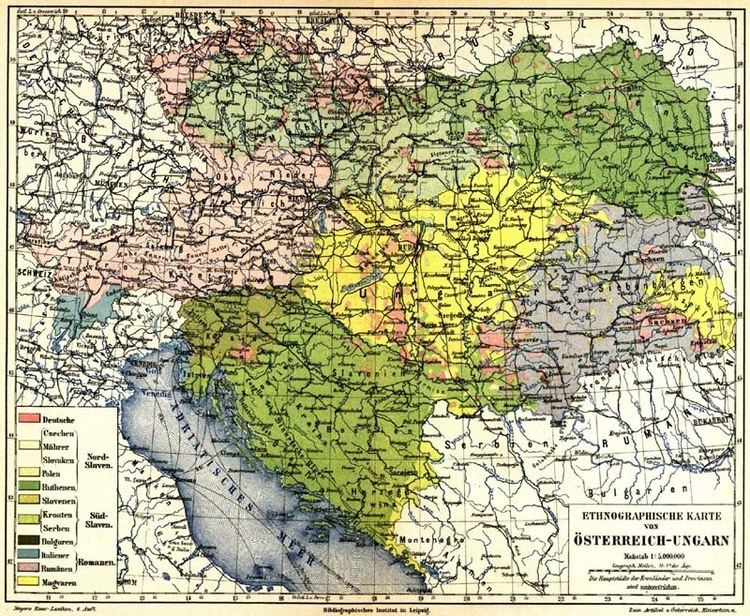 | ||
The term North Slavic languages (or, North Slavonic languages) has three meanings.
Contents
North versus South Slavic
It is sometimes (albeit rarely) used to combine the West Slavic and the East Slavic languages into one group, (much like South Germanic languages combining the North, West and East Germanic branches) due to the fact that the Southern Slavic dialects were geographically cut off by the Hungarian settlement of the Pannonian plain in the 9th century along with Austria and Romania being geographical barriers.
An extinct branch of Slavic
Some Slavists believe that a separate, now extinct, branch of North Slavic languages once existed, different from both South, West, and East Slavic. The dialect formerly spoken in the vicinity of Novgorod (the so-called Old Novgorod dialect) contains several Proto-Slavic archaisms that did not survive in any other Slavic language, and can in their opinion be considered a remnant of an ancient North Slavic branch.
Constructed North Slavic languages
There is also a group of artistic languages forming a fictional North Slavic branch of the Slavic languages. The authors of these languages were inspired by the existence of West, East and South Slavic languages and the absence of a (commonly accepted) North Slavic group. Most of these languages therefore have an experimental character; they suppose a certain influence of the Germanic, Uralic, or Baltic languages. Despite the fact that the creators of these languages have worked independently from each other and in different time frames, these languages have several elements in common. The best-known examples of constructed North Slavic languages are: Sevorian (Sievrøsku), Nassian (Nassika), Seversk, Slavëni, and Vozgian.
